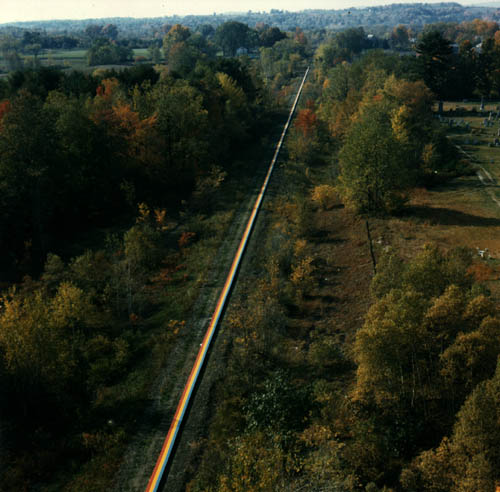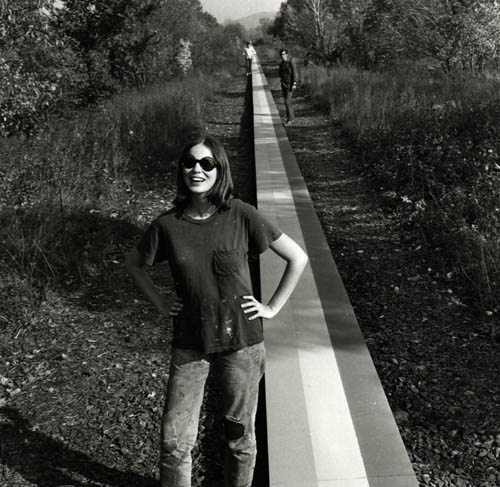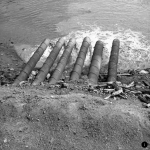
ravine
“On November 15, 2015, more than thirty people, including artists, adventure racers, casual joggers, track champions, walkers and other members of the general public, ran from Old Mill subway station in Toronto to Sherbourne subway station, following four major urban watersheds. The route followed the Humber River from Bloor Street to the Black Creek, crossed the North York hydro corridor north of Finch Avenue, joined the West Don River and followed the main artery of the Don River to the finish at Bloor Street, passing under Highway 401 twice. Covering fifty-five km in total, the route took more than 9 hours and almost entirely followed riverbanks and ravine trails. Two people finished the entire distance.”
Credit: Morrell, Amish and Diane Borsato. Outdoor School: Contemporary Environmental Art. Douglas and McINtyre, 2021. Page 62.
—
“Toronto’s ravine system provides city-dwellers with an urban oasis that’s not often explored. But on Sunday, a small group of Torontonians will run a day-long marathon through these expansive green spaces.
Organizer Amish Morrell, who’s the editor of C Magazine, says these runs aren’t competitive. “It’s not a race at all, it’s really an adventure.”
Morrell notes that his friend and performance artist Henri FabergĂŠ started doing conceptual running routes a few years ago. Together, along with artist Jon McCurley, they ran from Kipling to Kennedy (35 kilometres above ground).
About a year ago, Morrell mapped out a marathon route through Toronto ravines – areas that he regularly explores and runs through. He even cross-country skies the ravines in the wintertime. “A lot of this kind of evolved out of finding different ways of moving through the city,” he says.
For Sunday, he’s planned a 55 kilometre trek between the Black Creek, Finch Hydro Corridor and Don River sections of the ravine. “I would say 90 per cent of it is trail in the ravines and about 50 per cent of that is totally kind of secret, clandestine paths,” though Morrell stresses that the event may not be for everyone.
“It’s a pretty DIY, kind of punk event,” he says. Anyone who decides to join needs to be well-prepared with proper equipment and supplies – a detailed list can be found on the Epic Ravine Marathon Facebook page.
And, don’t expect a timed race. “Our motivations are more about exploration, curiosity, discovering places and learning things about them,” says Morrell. He knows the distance may be daunting and expects many of those who join his small group will tag along for the first 10 to 15 kilometres.
Morrell says that while most of the route is accessible via the TTC, being the in the ravines provides an alternate way to view Toronto. “It totally shifts and transforms your experience of the city.”
Photo by Kevin McBride in the blogTO Flickr pool.” (credit)



















